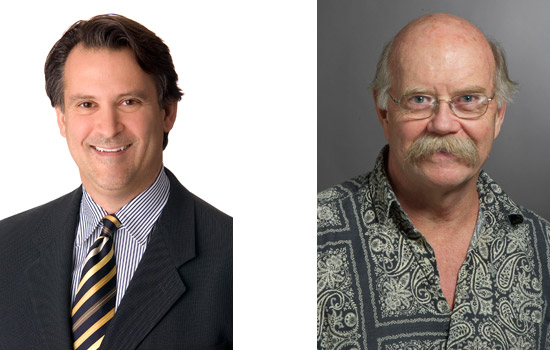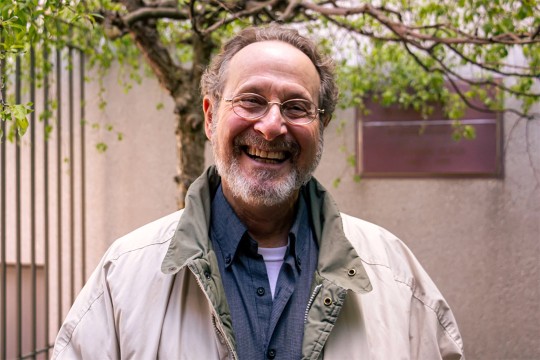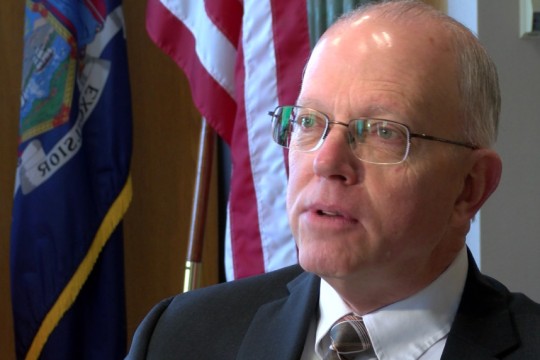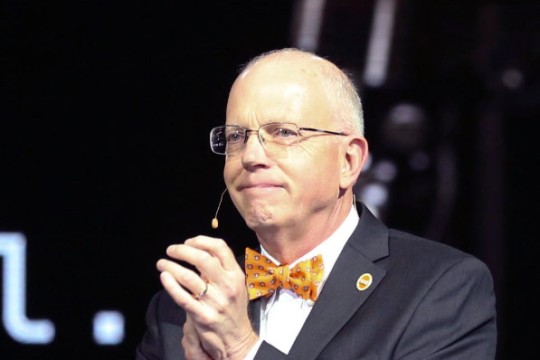RIT inducts 4th class into Innovation Hall of Fame
Six people to be honored at ceremony on May 3
Robert Fabbio and Lynn Fuller
Six people—each pioneers and visionaries in their respective fields—will be inducted into Rochester Institute of Technology’s Innovation Hall of Fame. The ceremony is at 5:30 p.m. on Friday, May 3, in Webb Auditorium in James E. Booth Hall on the RIT campus. There will be a panel discussion with the inductees at 11 a.m. Saturday, May 4, in Webb Auditorium, in conjunction with Imagine RIT: Innovation and Creativity Festival. This is the fourth class of inductees.
- Paul Taylor, retired faculty member from RIT’s National Technical Institute for the Deaf. Taylor is a deaf pioneer who was instrumental in not only developing the TTY but, more importantly, in helping to create the first TTY network in the world in St. Louis during the mid- to late-1960s. He also helped to develop the first telephone relay service, which connected deaf people by telephone not only to other deaf people, but also to the hearing world at large. While at RIT/NTID, Taylor developed and marketed a device called C-Phone, which replaced the old Western Union teletypes with CRT units and was the forerunner of portable electronic TTYs.
- Bruce Smith, director of RIT’s microsystems engineering program and professor of electrical engineering and an alumnus of RIT’s imaging science program. He earned his BS, MS and Ph.D. in Imaging Science from RIT. Smith is a respected leader in the field of nanolithography through invention, innovation and the dissemination of enabling technological advances. He holds 27 patents in the fields of optics, microelectronics and nanolithography.
- John Schott, the Frederick and Anna Wiedman Professor in RIT’s Center for Imaging Science and one of the founders of the imaging science program. His research has focused on solving problems related to imaging science and remote sensing. Schott is part of the Landsat Science Team that provides scientific support to the Landsat 8 satellite. The U.S. Geological Survey in cooperation with NASA appointed Schott. His history with the program goes back to 1981.
- Jackie Pancari, world-renowned artist and pioneer of creative glassblowing techniques. Pancari has been a visiting artist including at the Museum of Glass in Tacoma, Wash., Seto City Museum in Japan, and RIT. Her work has been exhibited at galleries and museums around the world. Pancari’s innovative body of work combines physical prowess and technological mastery.
- Lynn Fuller ’70 (electrical engineering), RIT professor and founder of RIT’s microelectronic engineering program. He has designed, fabricated and tested hundreds of different microchips. These chips range from totally microelectromechanical systems (MEMS) devices for drug delivery, MEMS pressure sensors, accelerometers, optical-pyrometers, CMOS integrated circuits for hearing aids and sophisticated CID imagers with more than 35,000 transistors per chip.
- Robert Fabbio ’85 (MS, computer science), serial entrepreneur and CEO of WhiteGlove Health in Austin, Texas. His company has proven to lower healthcare costs, improve access to healthcare and provide a better experience. Fabbio founded Tivoli Systems, DAZEL Corp. and Ventix Systems. Among his honors, Fabbio was awarded the Ernst & Young Entrepreneur of the Year Award in 1997 and named in 2002 to Forbes magazine’s Midas List of the “Top 100 Technology Venture Investors (technology’s top 100 dealmakers).”
“Many people in the RIT community are unaware of the profound impact our stakeholders and friends have made in the innovation space,” says Richard DeMartino, chair of the nomination committee of RIT’s Innovation Hall of Fame. “This year’s inductees are groundbreaking innovators in addressing societal needs in technology, education, business and the arts.”
 Jackie Pancari and John Schott
Jackie Pancari and John Schott
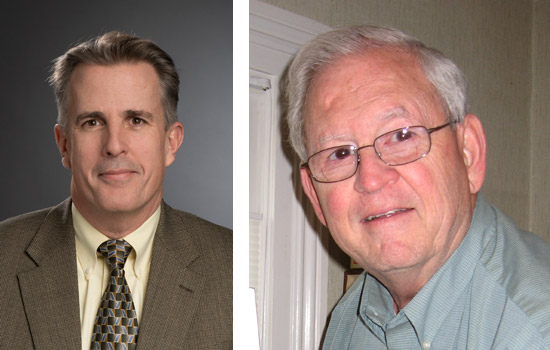 Bruce Smith and Paul Taylor
Bruce Smith and Paul Taylor











